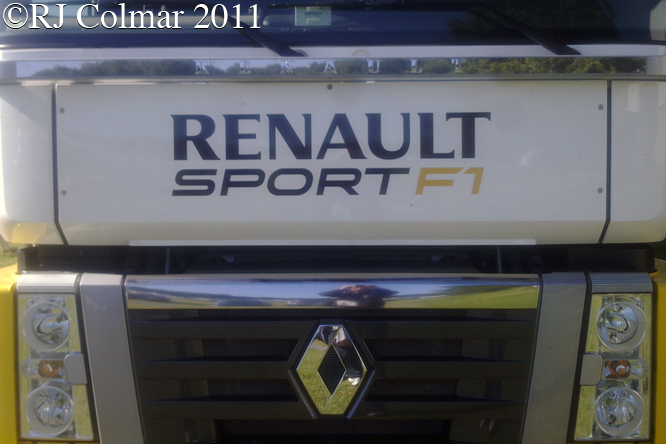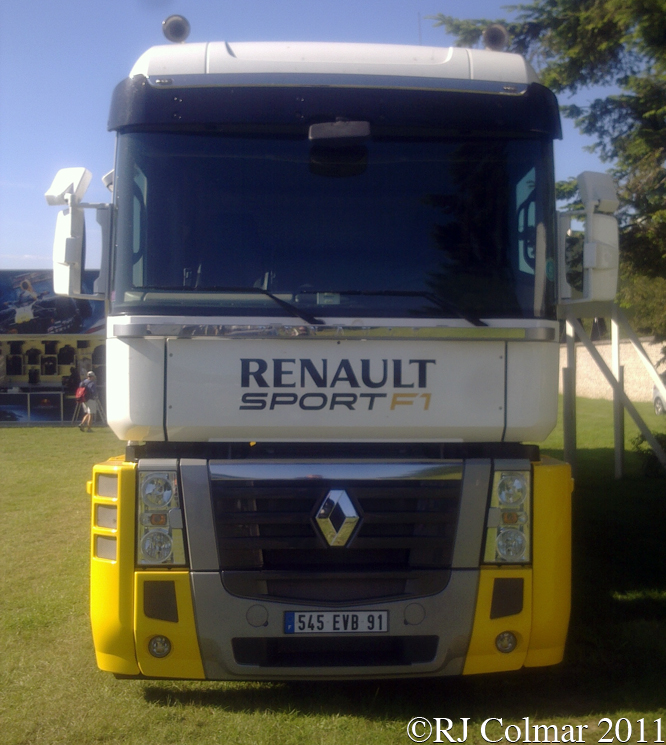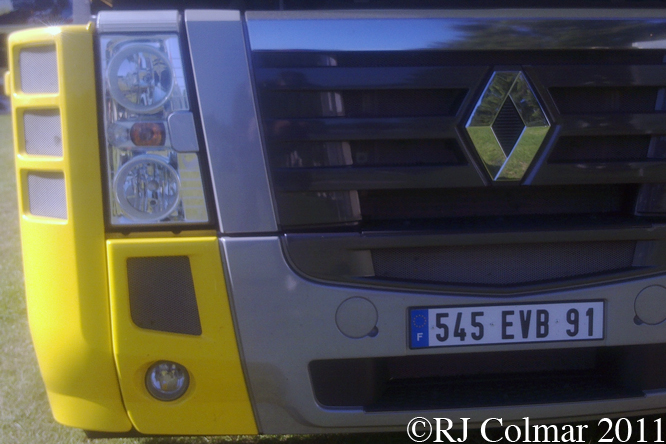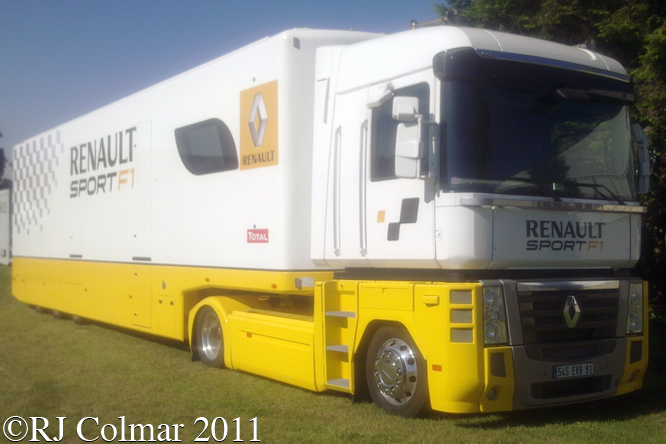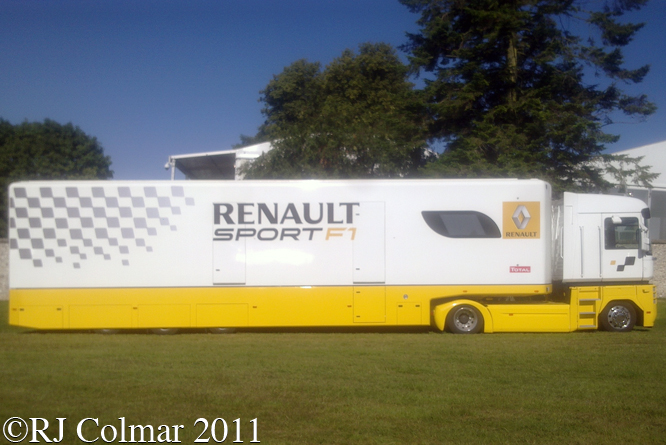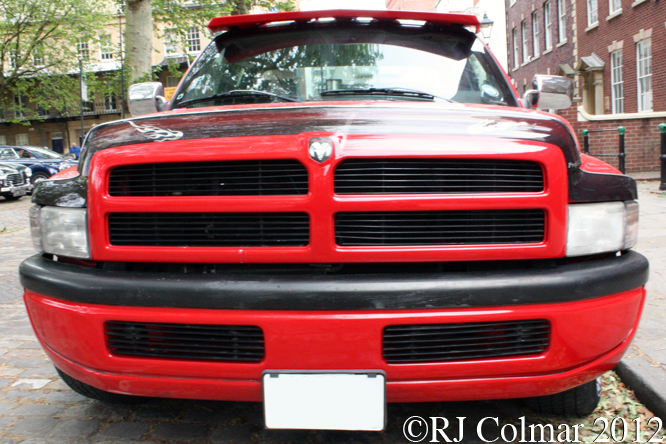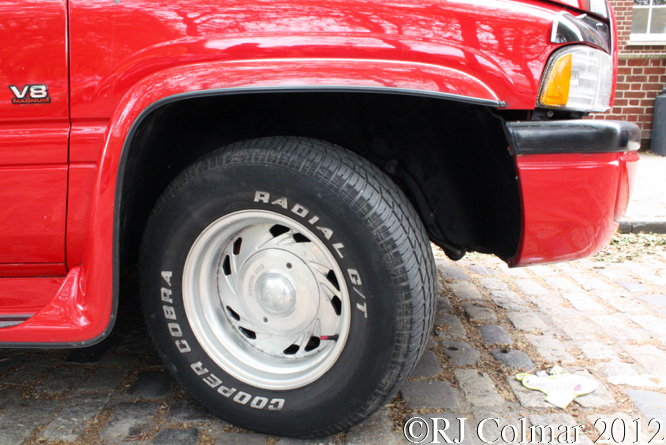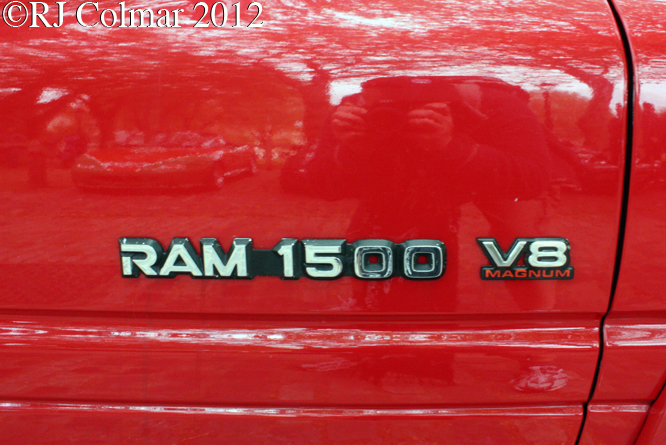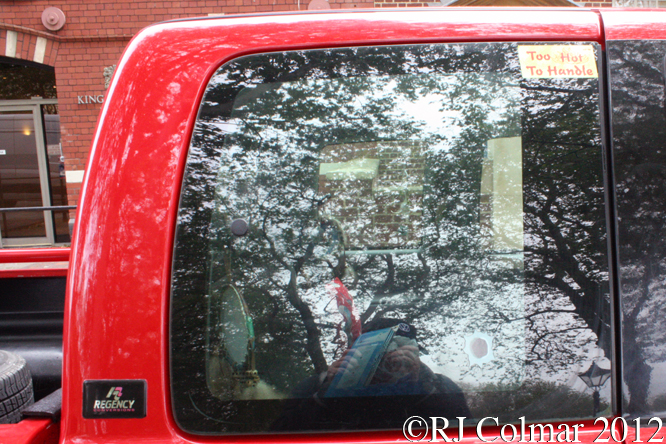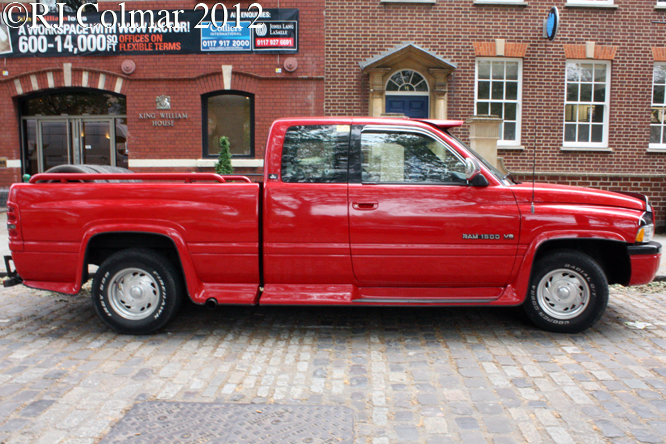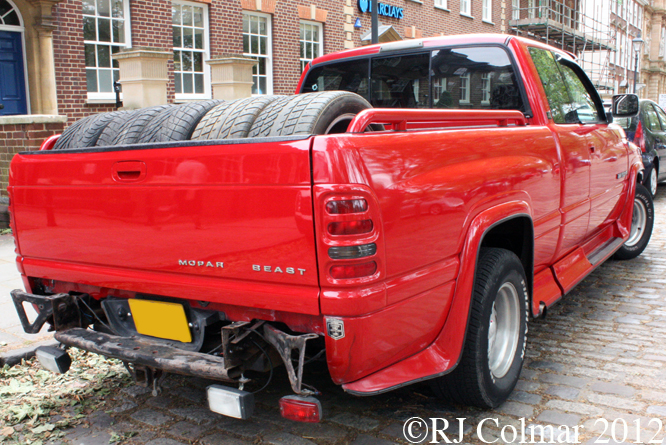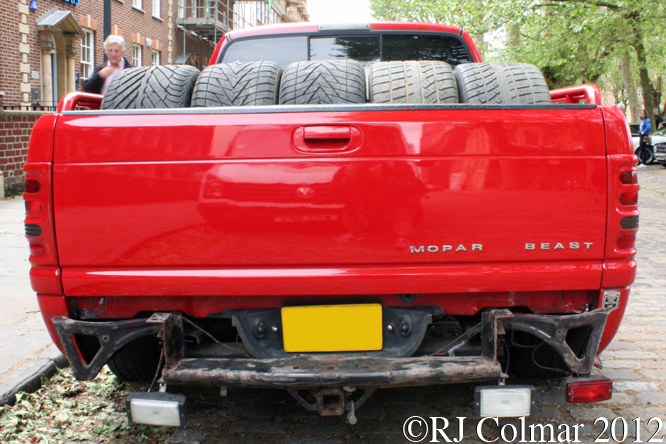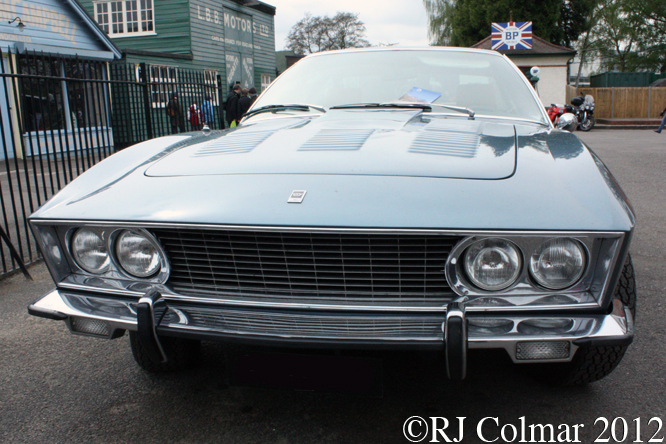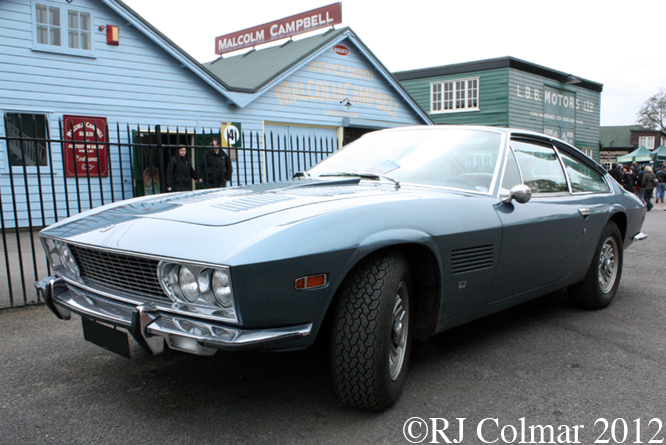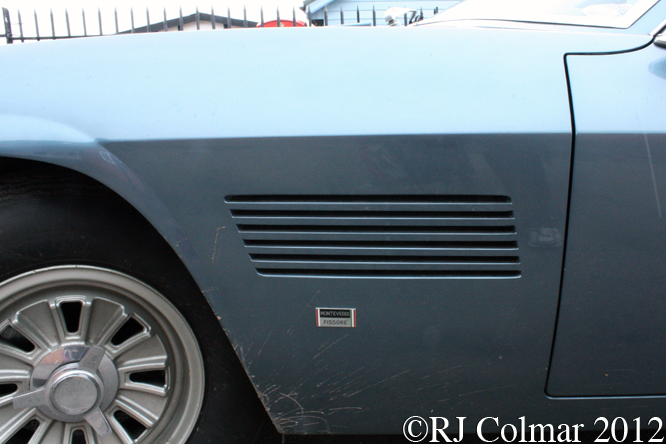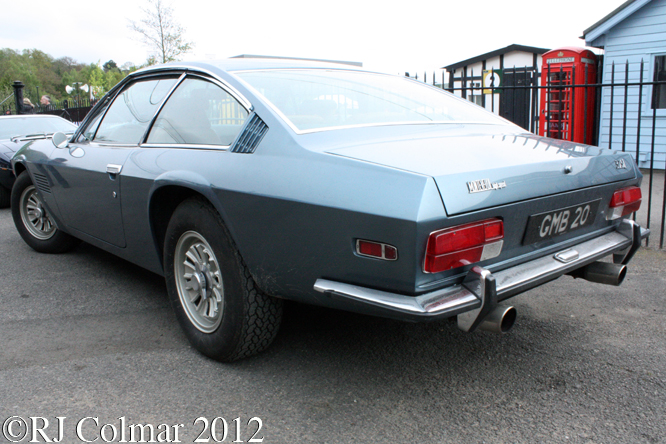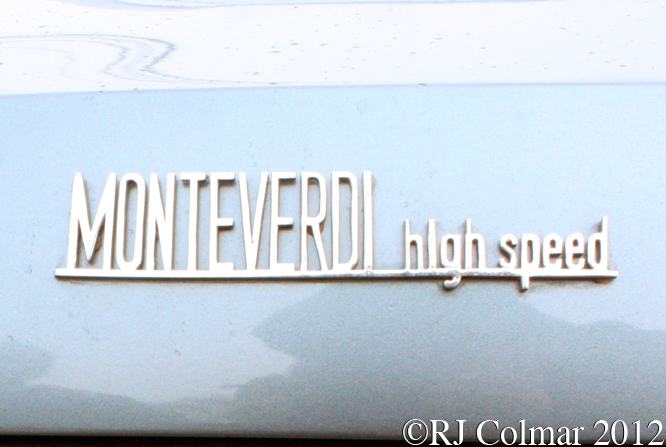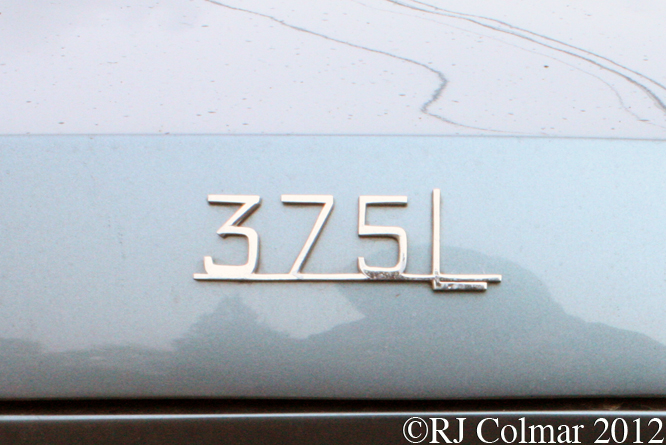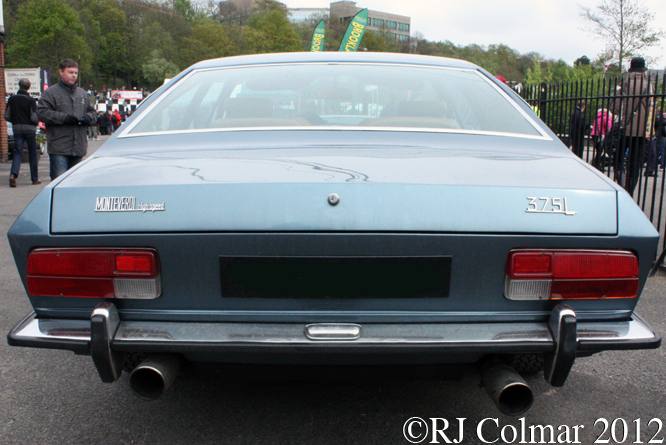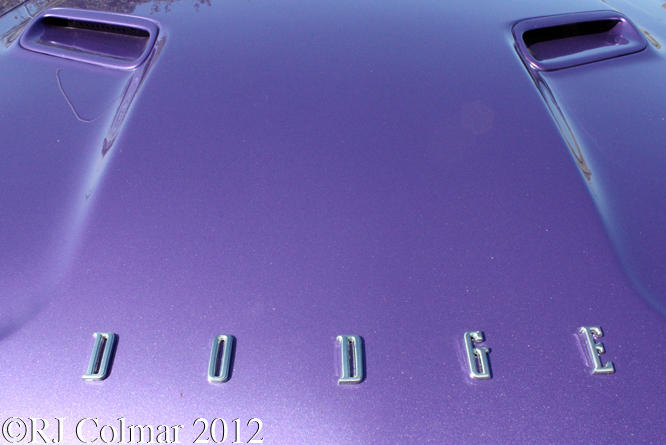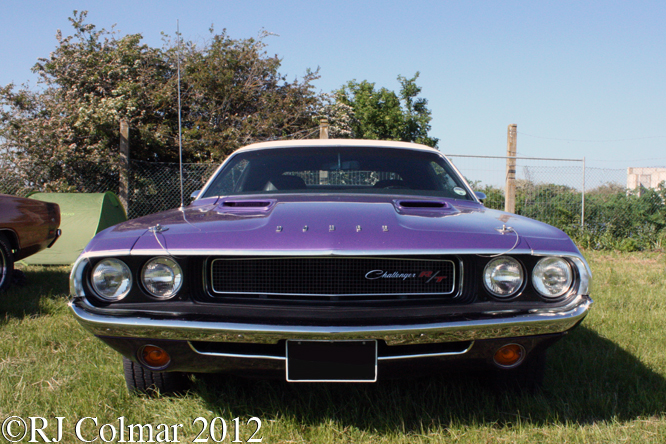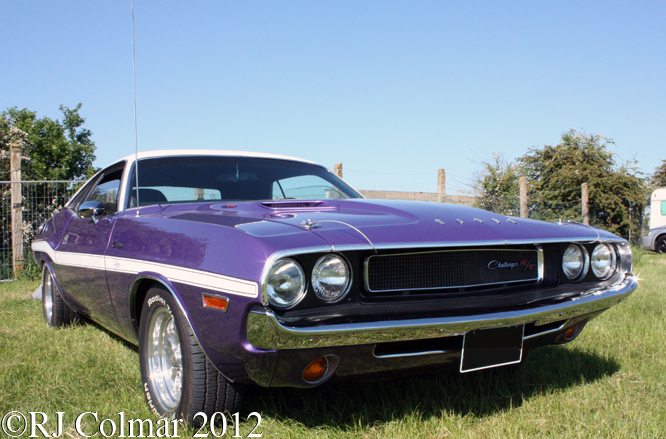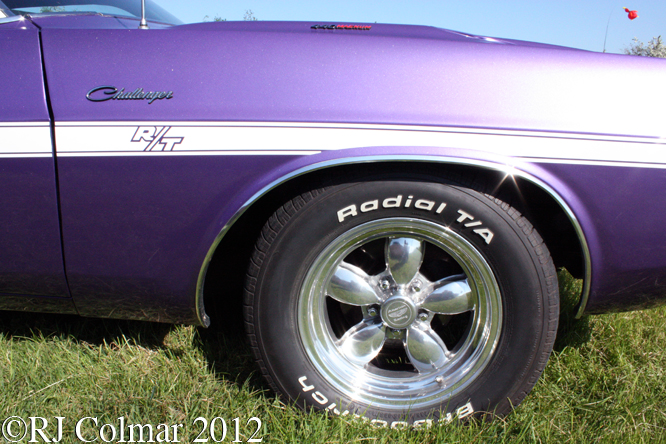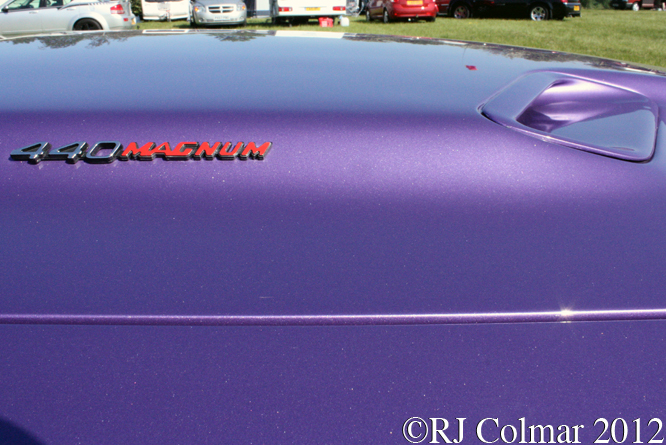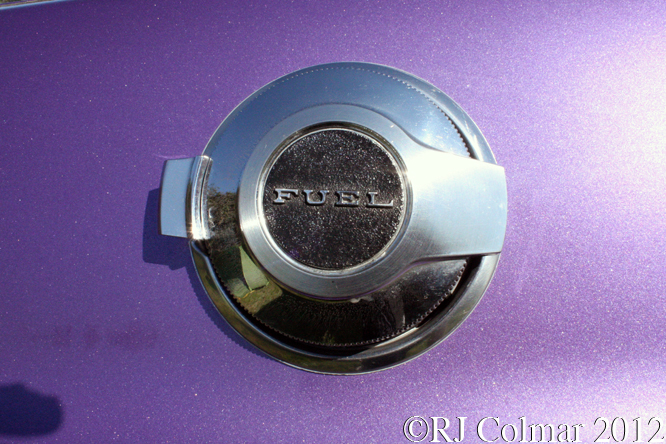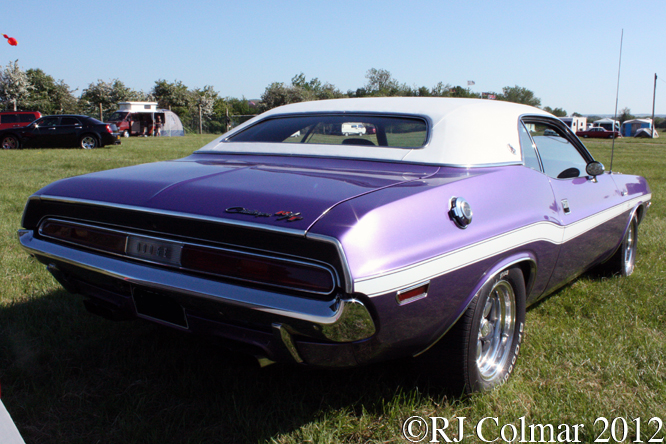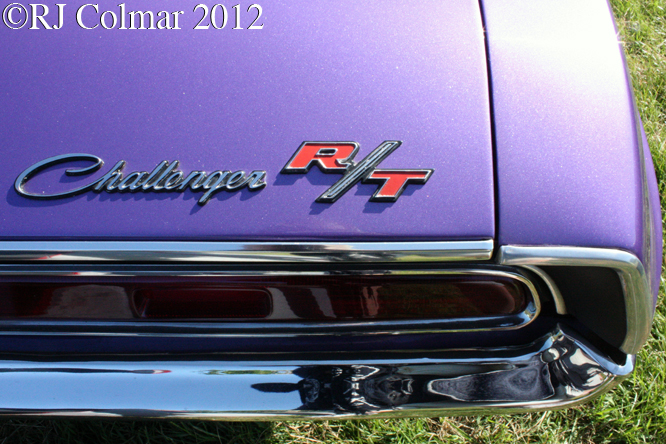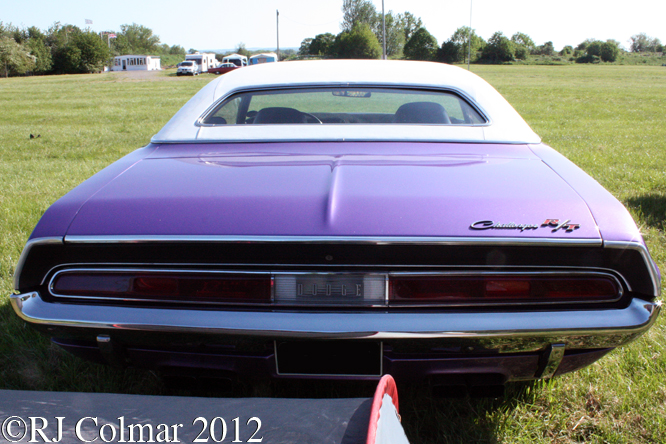Peter Monteverdi is once quoted as having said “If I didn’t build cars I’d probably be an infinitely richer man as well as a much healtheir one” and looking at the story of the four cars that bear the Monteverdi Hai name it is easy to see why, he only sold one and kept the other three.
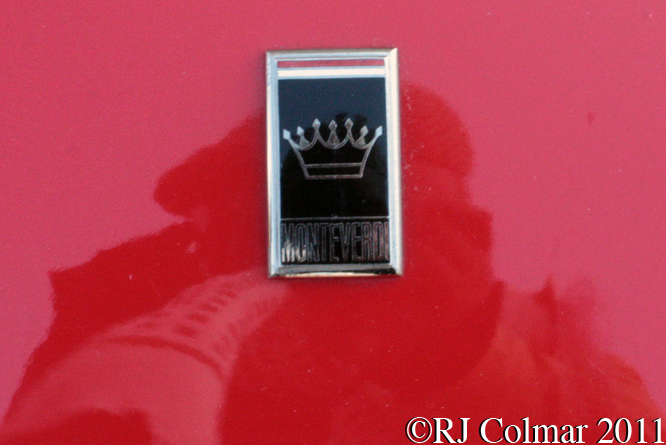
The Hai (German translates as shark) appears to have been developed as Monteverdi’s ultimate sports car, it has precious little luggage space under the bonnet there is just enough room for the spare wheel while the space behind the engine is just big enough for a couple of overnight bags. This car appears to have been built to take on the man who pushed Peter Monteverdi into building his own cars, by demanding an order for 100 cars and payment for them up front, none other than Enzo Ferrari himself.
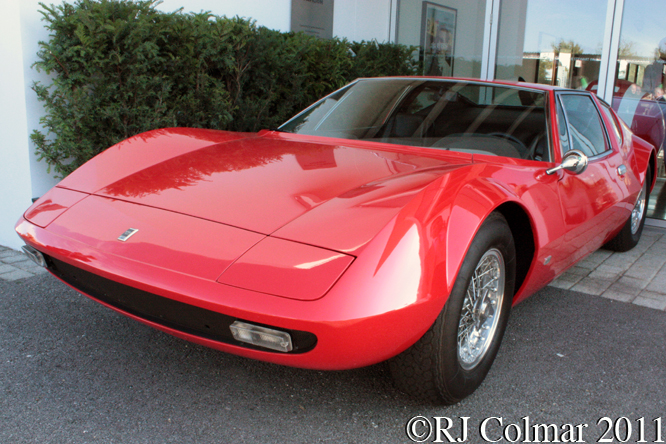
Peter backed out of this ludicrous deal with Enzo in 1964 gave up his Ferrari dealership and built his 375 horsepower Grand Tourers, an example of which we saw last Wednesday, instead. Monteverdi then set about building the Hai for which Chrysler built a special one off Hemi that at the time was the only one in the world fitted with air conditioning which Monteverdi wisely insisted on. Mid engine cars usually have cabins that are heat sinks thanks to front mounted radiators, the plumbing required for them that runs alongside the cabin and the engine heat that get transmitted forward from engine bay.
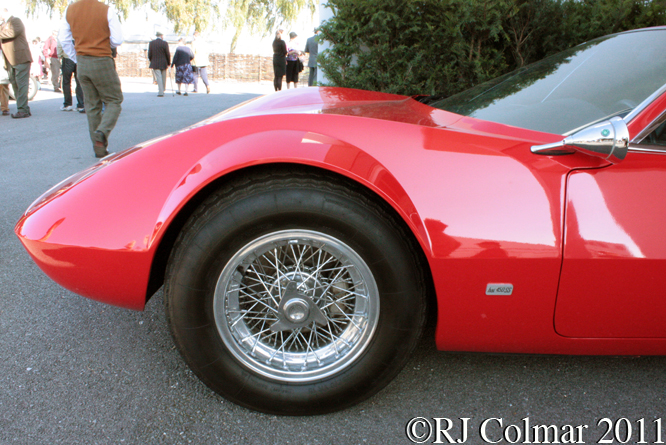
The chassis is by a steel box section frame and incorporates a de Dion rear suspension which keeps the rear wheels at a constant track and camber when cornering. There is no power assistance for the steering the 49/51% front to rear weight distribution apparently renders it unnecessary.
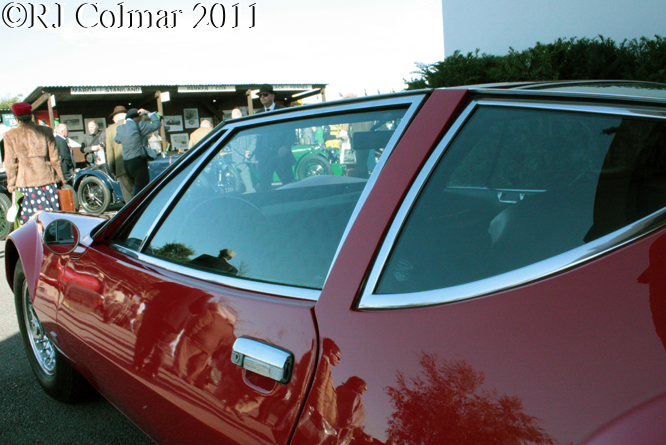
The 450 hp power Hemi is attached to a ZF gearbox the gate pattern of which is by all accounts less than orthodox, the body work is said to have been designed by Trevor Fiore and built by Fissore. The first car, painted in a unique metallic magenta, appeared at Geneva in 1970 there after it was tested and appeared at Geneva in 1971 with detail differences including repositioned door handles, allegedly in order to give the illusion that more than one of these cars had been built.
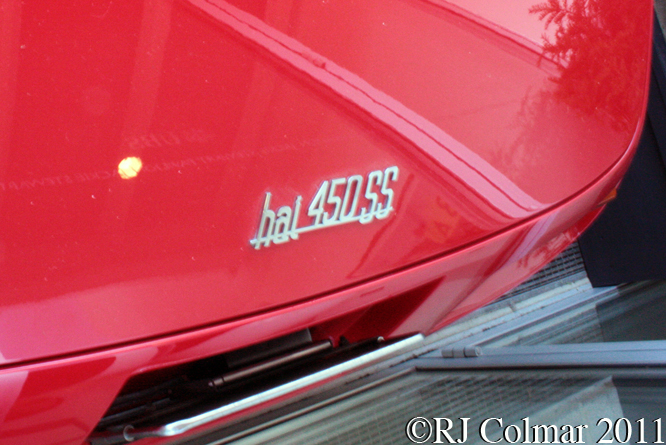
The original 450 SS was clocked at 176 mph, before it ran out of road, by Automobile Quarterly while Road & Track timed the acceleration from rest to 60 mph at 4.7 seconds, a sensational time for any vehicle built in 1970 let alone 2013.
The first car was sold and is still in private hands having been returned to it’s original metallic magenta colour in 2006. The second Hai 450 was built on a longer wheel base, with a 440 Magnum motor, higher door handles, alloy wheels and Ferrari 375 GT/4 Daytona like indicators on the front wings the Red and Black car was given the 450 GTS designation. The GTS has been in the Monteverdi collection since it first appeared in 1973.
It is not known why Monteverdi never completed his intended production run of 49 Hai vehicles. The figure may have been spin or hype, Monteverdi may have been concerned about the safety of his customers and their ability to handle such a high performance mid engined vehicle which was quite a rare configuration at the time. The cost of US$ 27,000 dollars would certainly have been prohibitive that kind of money would be the price of a couple of contemporary Aston Martin’s or one and a half Ferrari Daytona’s, alternatively it maybe that Peter Monteverdi realised the first Hai he built was just the kind of man bate eye candy necessary to draw potential customers in for his lesser models.
In the 1990’s two further Hai’s were built, it is said both were on the longer GTS type wheel base and that they were built from left over stock. Of the four cars said to have been built frustratingly I have only been able to discern the original magenta 450 SS and a GTS.
Today’s featured Hai seen at Goodwood in 2011 is a bit of an enigma, it closely resembles the original magenta car with it’s wire spoke knock off wheels, the high door handles mean it was certainly one of the last two built, but is the 450 SS badge simply left over stock on a 440 Magnum powered car or is it just possible that the perfectionist Peter Monteverdi managed to procure a second 426 Hemi with an air conditioning unit attached, having regretted ever selling the original Hai 450 SS ?
The only glimpse I can give you into the possibility that Peter built a second 450 SS is that the first quote with which I opened this blog that ends, “but I’d certainly not be a happier man!”
Thanks for joining me on this “Enigmatc Swiss Shark” edition of “Gettin’ a li’l psycho on tyres”, I hope you will join me again tomorrow. Don’t forget to come back now !
